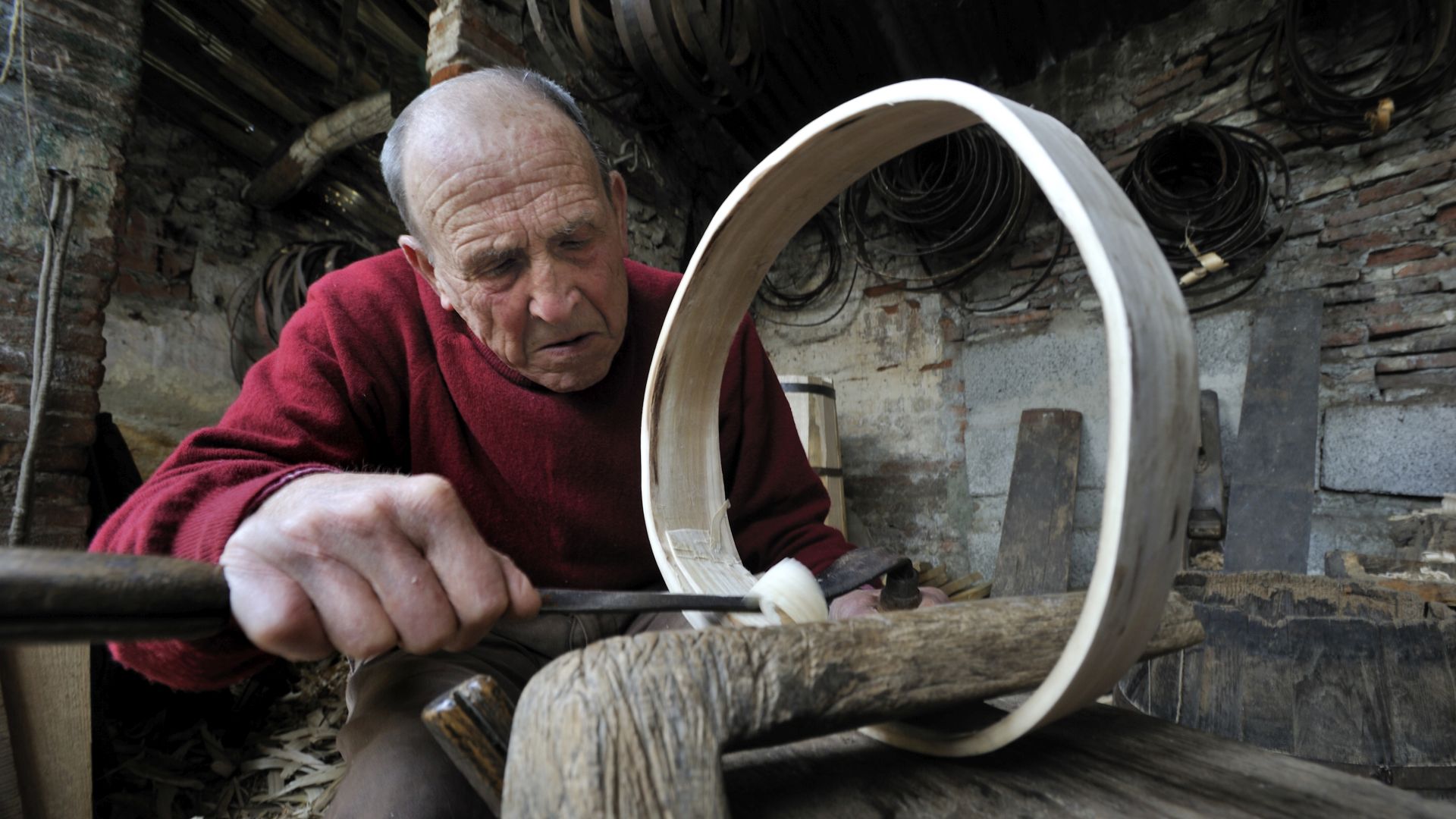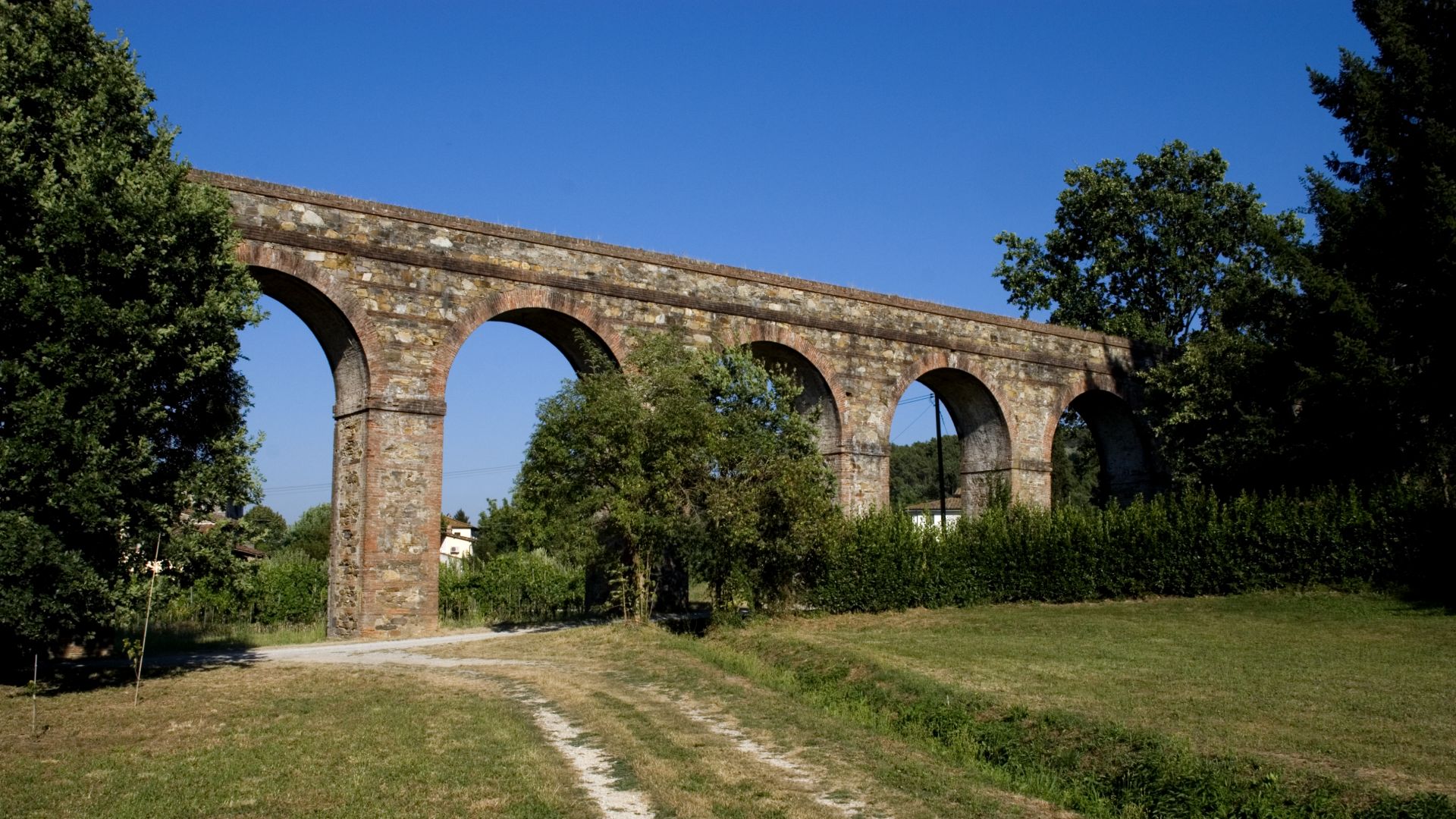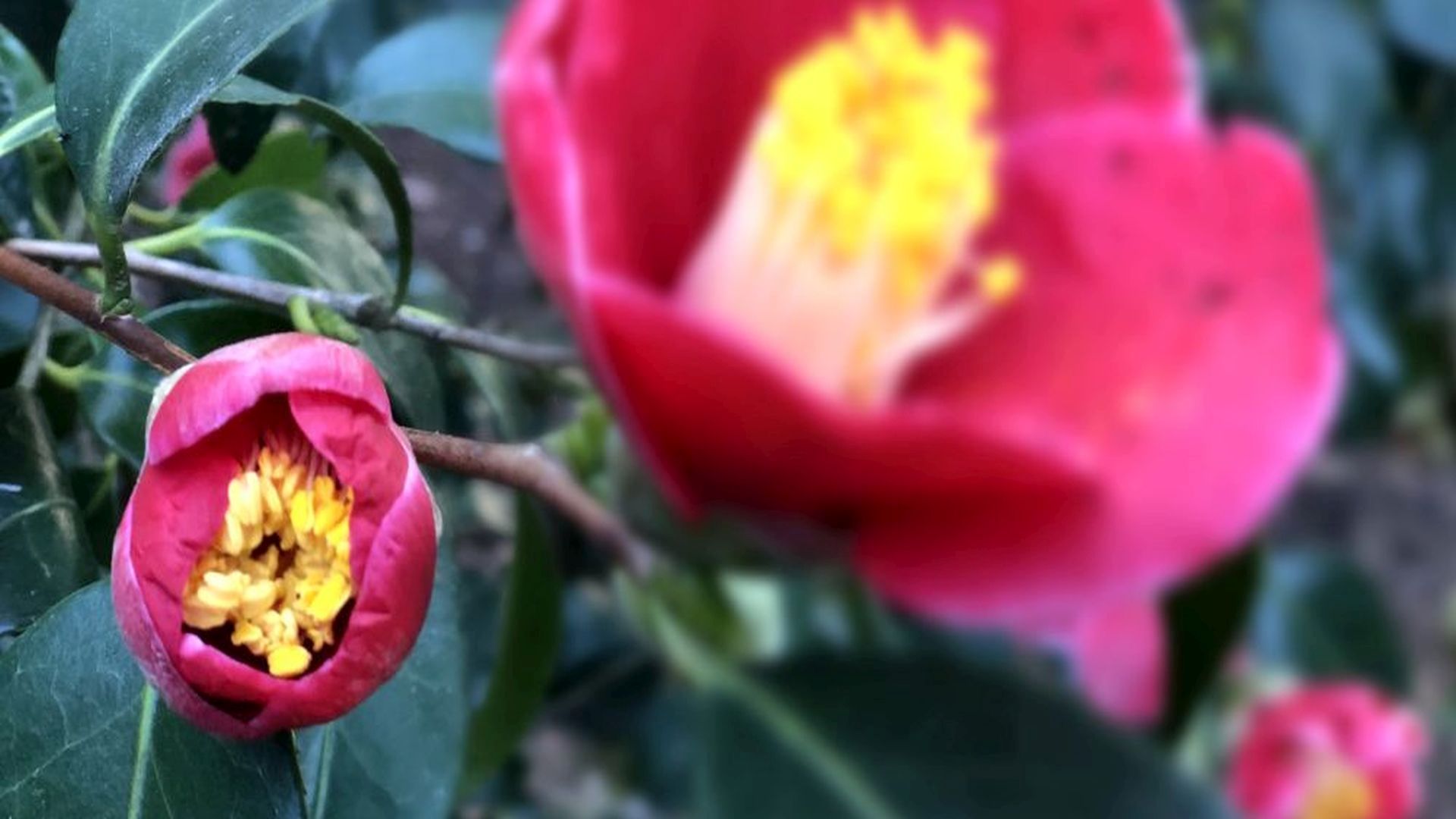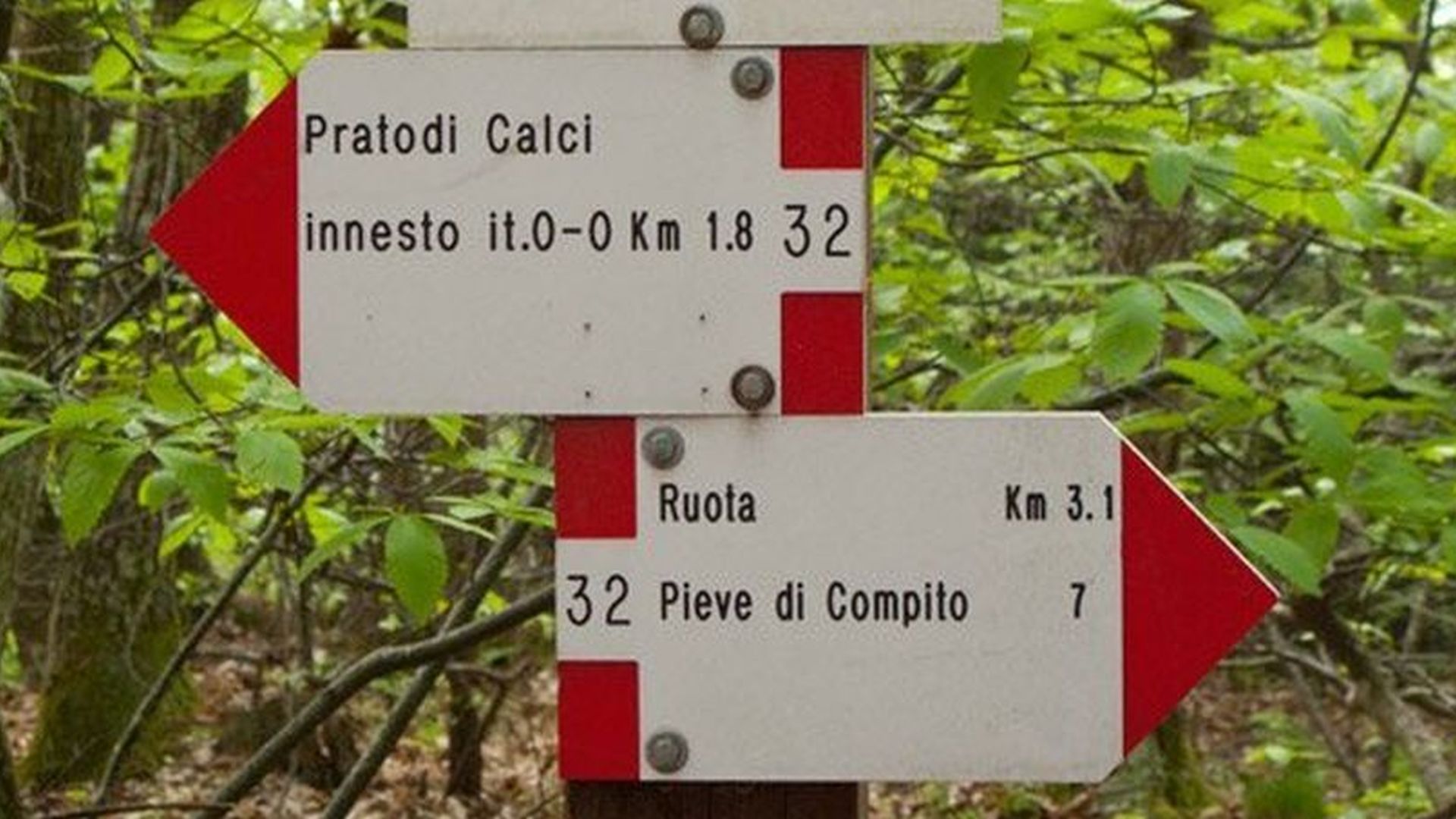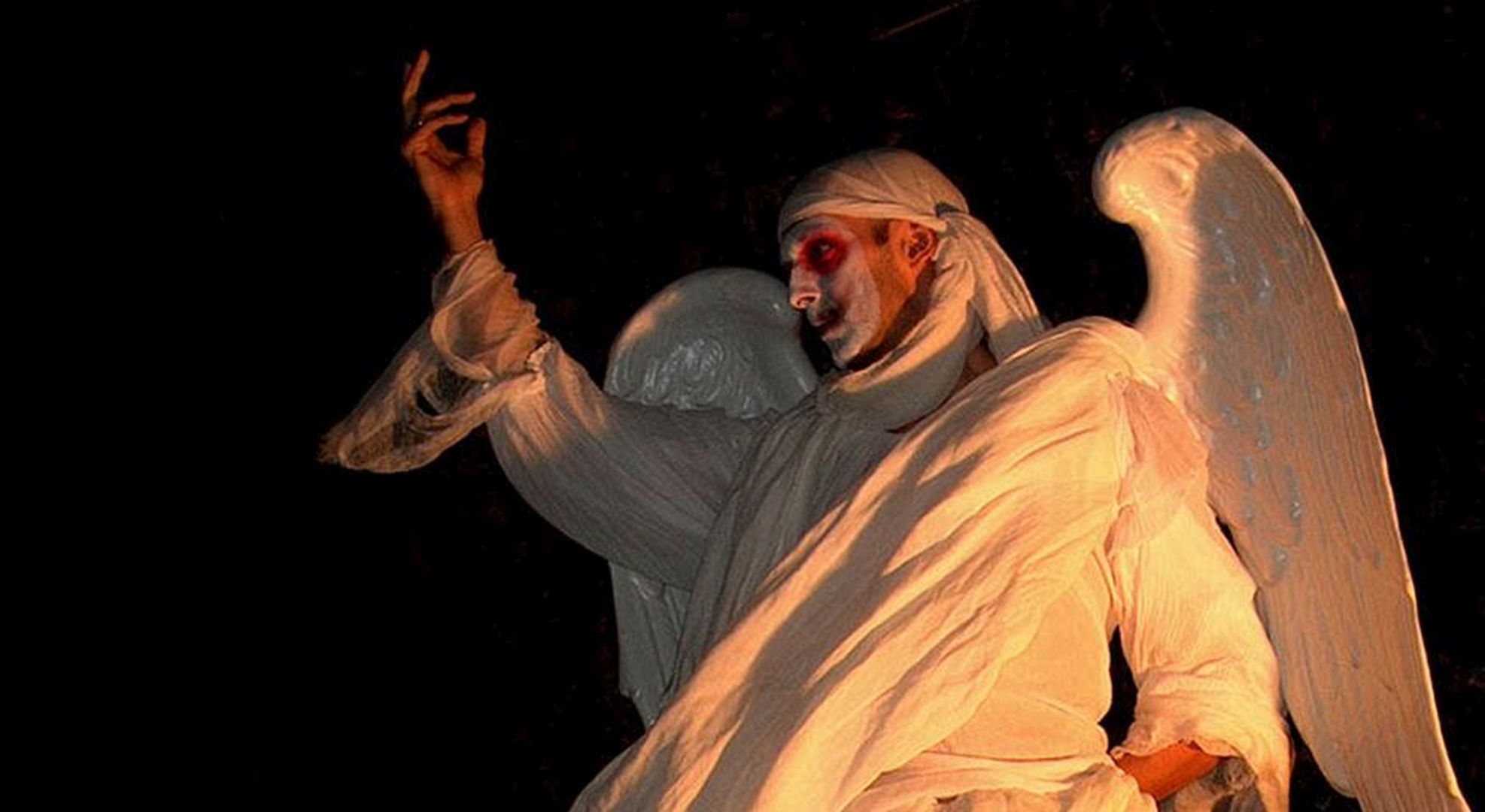Man modeled over the centuries the beauty of this territory with slow rhythms, enriching it with terraces cultivated with olive trees, fruit-bearing woods, drawing agricultural landscapes among the natural landscapes of the forest.
On the two slopes of the mountain are still active some of the many olive mills, from chestnuts. Evidence of agricultural uses is preserved in the small museum of rural culture "La Ruota" San Leonardo in Treponzio and in the Athena Museum in Capannori.
Bone fragments and artifacts from the Upper Paleolithic are the most ancient evidence of human presence found on these reliefs.Artifacts of black bucchero signal the presence of Etruscan populations, Latin toponyms of many countries and traces of the centuriation of the surrounding plain, that of the Romans.
In the Lombard period shady forests and natural caves were the ideal place to host the first hermits and those who chose the contemplative life in the numerous hermitages in which it is said that Sant'Agostino and San Francesco also stayed and build small Romanesque churches and churches, erect fortresses and castles that still punctuate the relief and the immediate plain. Later monumental villas that housed the aristocratic families of Pisa and Lucca in their country estates.
Of the great convent complexes, at the foot of the mountain, on the Lucca side, there is the great building of the Abbey of Cantignano of ancient origin, already shelter along the Via Francigena and on the Pisan side the Certosa di Calci, which dominates the small town, which is home to a famous Museum of Natural History and the National Museum of the Charterhouse.
The flavor of this Monte is undoubtedly that of the EVO Oil. The variety of soil and exposures can be appreciated in the variety of flavors and nuances of color of the oil produced in these territories, the result of processing and applciaione of techonologies for environmentally friendly cultivations. The olives are still harvested by hand, not too unripe or too ripe, ie, in which the color turns from green to black and pressed within 24 hours. The taste of this oil is fruity, sweet and spicy, the golden yellow or green depending on the collection areas, has always been appreciated in international cuisines. The modern oil mills, with the help of technology applied to an ancient knowledge, break down "cold", that is, maintaining a low temperature during processing that allows the preservation of the precious elements of this food, try to believe the frantoiana soup.
Next to the more Mediterranean of flavors, tea. In the Catholic nursery, the first Italian tea grows, arrived here from China along with the other splendid camellias that embellish parks and gardens of the Compitese, a small valley on the Lucca side. The colors of the craftsmanship are the gaudy and festive colors of Vicopisano ceramics. Also in this case, manual skill, passion and patience are the elements that transform the earth into artistic artifacts. The domestic use is the one that prevails: jars, skins, plates, various crockery ...
From the simple manufactures of the first sixteenth-century ovens this art has been refined over time and enriched with colorful and complex decorations where the natural element of fruits and of the flowers is associated with ribbons and rich swirls and cheerfully accompanies the daily tables.

